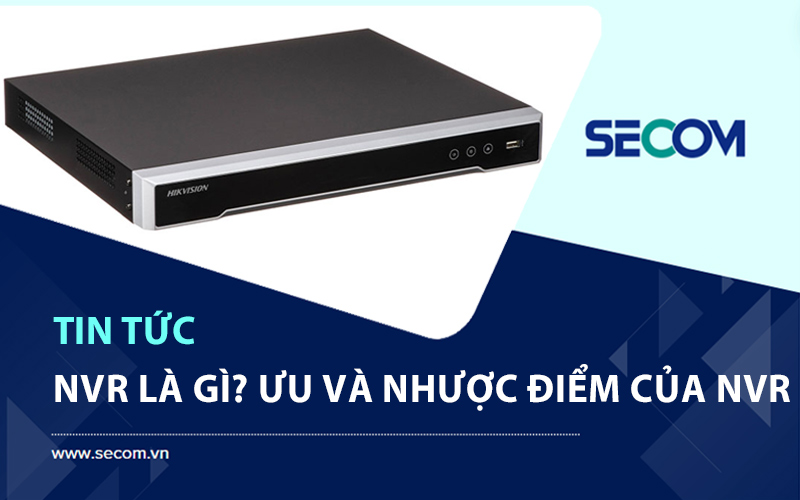- SECOM News
- Jun. 20, 2024
What Do Airport Scanners Detect? How Do They Work?
Today, with the increasing number of air travelers, tightening security in this area is a top priority. Accordingly, all passenger luggage, including that of pilots and flight attendants, is screened through airport baggage scanners before passing through customs to ensure safety and compliance with aviation regulations. So, what exactly do airport scanners detect and how do they work? Let’s explore the details with SECOM Vietnam Security Services Corporation in the article below.
Overview of the Airport Scanner System
Before delving into what airport scanners detect, it’s important to understand what scanners are, their types, and how they function to grasp their main role in airport security. Airport baggage scanners are devices designed with advanced technology to help detect and eliminate prohibited items and substances that are not allowed on planes, such as drugs, explosives, inorganic substances, and heroin-containing drugs. This helps prevent smuggling effectively and ensures the safety of passengers on flights.
How Do Airport Scanners Work?
Before passing through customs, both checked and carry-on luggage are put through the airport control system to check the contents inside. This quickly, safely, and accurately identifies and removes suspicious items.
Most airport scanners operate on the principle of using X-rays to penetrate objects. X-rays are emitted from the scanner and captured by a pair of detectors on the opposite side. When luggage is placed in the scanner, X-rays penetrate through it. The detectors then convert the X-rays into signals and transmit them to the processing unit, which displays the information as simulated images on the scanner screen.
For prohibited items, images are highlighted with predefined colors to help customs officers or airport security personnel quickly identify and handle them. Additionally, the X-ray baggage scanning system will emit an alert sound if suspicious items are found in the luggage.
What Do Airport Scanners Detect?
To enhance security and ensure flight safety, many airport baggage scanners are installed with different specific functions. To understand what each type of airport scanner detects, let’s explore the details of two specialized types with SECOM:
What Do Airport Baggage Scanners Detect?
“Can airport baggage scanners see everything?” is a common question among passengers and those interested in baggage scanners. These scanners use X-rays to penetrate the luggage surface and collect detailed images of the items inside.
Thanks to modern technological applications, these devices can detect metal, non-metal, and even organic materials. This helps prevent the smuggling or sale of prohibited food and items.
What Do Full-Body Scanners Detect?
Along with baggage scanners, full-body scanners are placed at customs checkpoints. These devices use millimeter waves and backscatter technology to see detailed images under clothing. This way, scanners can easily detect both metallic and non-metallic items concealed under clothing. This prevents passengers from carrying weapons on planes and ensures absolute flight safety.
Common Questions About Airport Scanners
Aside from wondering what airport scanners detect, many people are curious about how these devices work. To better understand airport scanners, here are some interesting insights:
Do X-ray Baggage Scanners Pose a Danger to Humans?
Typically, the X-rays used in scanners do not affect technical products but are harmful to humans. Therefore, each airport baggage scanner is enclosed in a lead frame to block X-ray emissions from leaking outside. Additionally, warning lights and curtains are installed at both ends of the scanner.
What Other Scanning Devices Are Used at Airports?
Besides baggage scanners, various other scanning devices are placed at customs checkpoints to ensure absolute security. Depending on passenger density and security protocols of each airport model, the customs area is equipped with suitable devices. Below are two other common scanning devices used globally:
- Metal Detectors: These devices scan and detect metal items on passengers, such as guns, knives, scissors, etc. This prevents passengers from carrying weapons on planes.
- Handheld Metal Detectors: Suspicious passengers may be further inspected by airport security using handheld metal detectors. This ensures that passengers are not carrying prohibited or dangerous items onto planes.
What Can’t Airport Scanners Detect?
Another intriguing question is what airport baggage scanners cannot detect. Typically, scanners display simulated images and differentiate objects by color. However, the X-rays emitted cannot penetrate some dense and thick metals, as these objects appear dark on the images. Moreover, X-rays cannot detect gold, tungsten, or platinum.
How Do Airport Scanners Detect Drugs in Luggage?
In reality, airport baggage scanners cannot directly detect drugs hidden inside luggage. However, through simulated images, airport security can easily spot a substantial amount of organic substances in luggage. To ensure safety, security personnel will manually inspect the luggage to determine if the organic substance is drugs.
In summary, while scanners may not clearly detect certain objects or prohibited substances, customs officers, with their experience and expertise, can accurately identify anomalies in the simulated images displayed on the scanner screen. This ensures safe customs operations and prevents illegal activities at customs areas and on planes.
Through this article, SECOM has addressed questions about what airport scanners detect and provided additional information about these security devices. At SECOM, we offer the installation of advanced and safe metal detectors and X-ray baggage scanners. If you are interested in these services, contact SECOM today for consultation and the most effective solutions tailored to your needs.

























